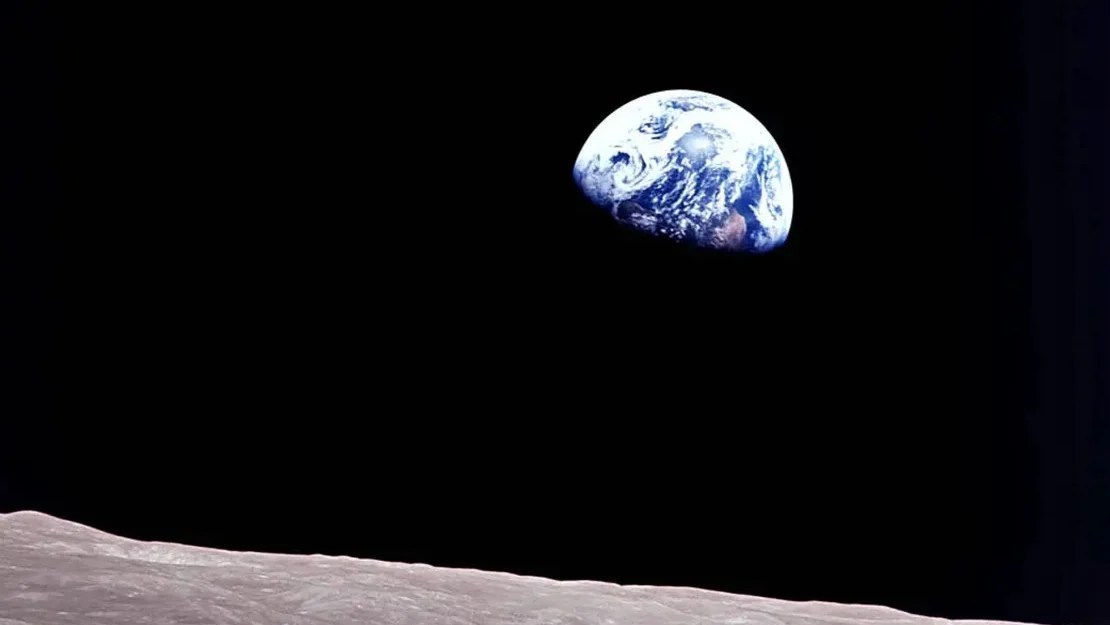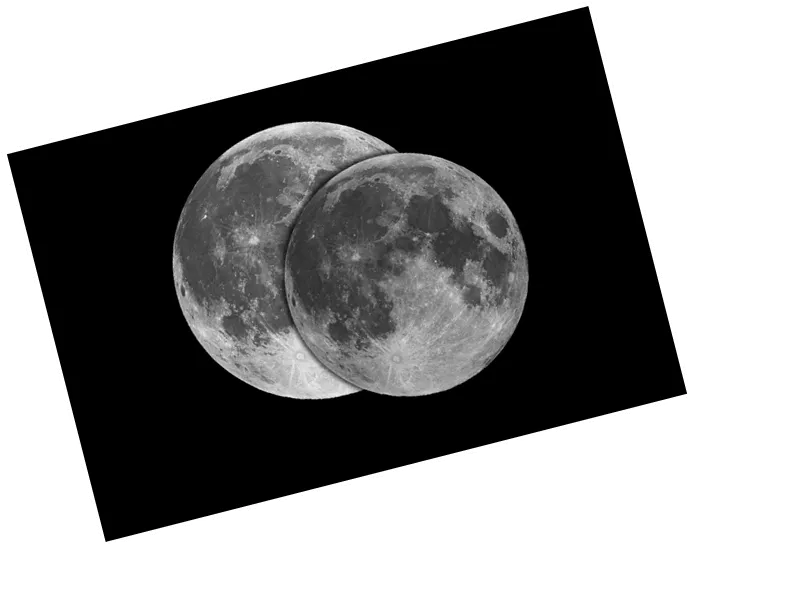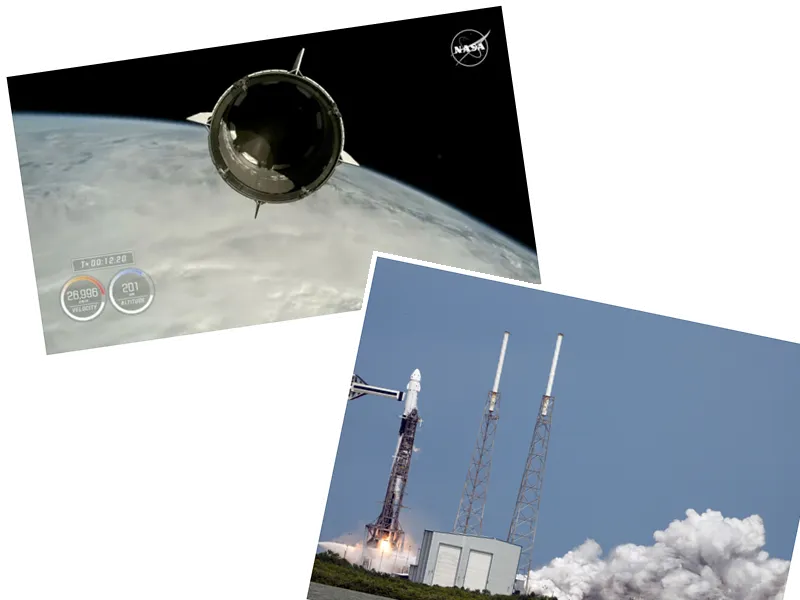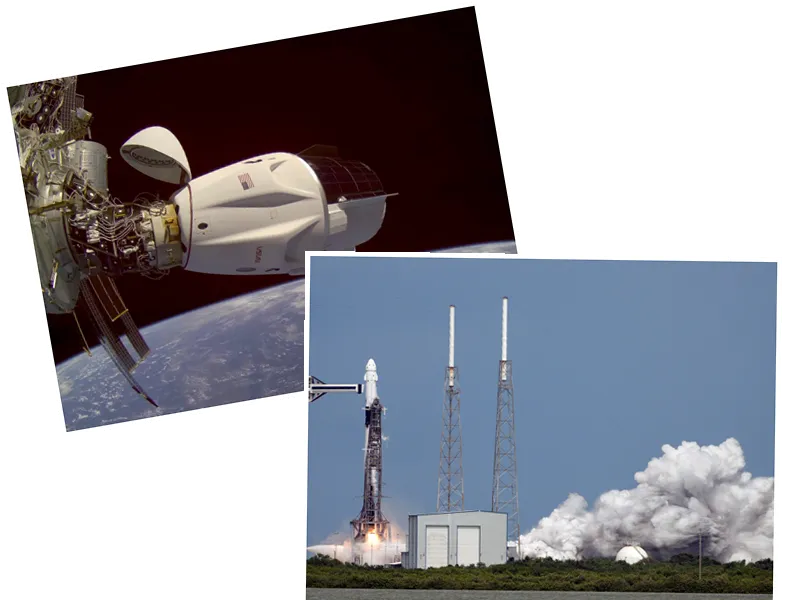William Anders: The Man Behind 'Earthrise' Passes Away in Tragic Plane Crash
The world recently lost a pioneer of space exploration, NASA astronaut William 'Bill' Anders, who tragically died in a plane crash at the age of 90. According to his son, Gregory Anders, the accident took place near the coast of Jones Island, part of the San Juan Islands, located approximately 90 miles north of Seattle. The San Juan County Sheriff's Office confirmed the crash of an 'older model aircraft,' which subsequently sank after falling into the water.
William Anders was not just a skilled pilot but also part of the landmark Apollo 8 mission in 1968. Anders is most renowned for capturing the iconic 'Earthrise' photograph, an image that revolutionized humanity's view of our planet. Taken on Christmas Eve with a Hasselblad camera, the photo showed Earth rising over the lunar horizon and became a symbol of our planet's fragility and isolation. Many even regard it as a catalyst for the environmental movement.
Born on October 17, 1933, in Hong Kong, Anders graduated from the United States Naval Academy and earned his pilot wings in the United States Air Force. His career included stints as a fighter pilot and roles at the Air Force Weapons Laboratory, where he managed nuclear reactor shielding and radiation effects programs. His multifaceted career later saw him working as a presidential adviser, U.S. ambassador, and executive in nuclear energy and aerospace sectors. After his illustrious career, he retired in the San Juan Islands.
Reflecting on his 'Earthrise' photo, Anders once remarked that the image changed his perspective on humanity's place in the universe. He said, 'Here we are, on an insignificant planet orbiting a not particularly important star in a galaxy of millions of stars that is not significant when there are millions and millions of galaxies in the universe.' His humble yet profound insights have inspired many, including German astronaut Alexander Gerst, who has emulated Anders by posting photos from space.
NASA Administrator Bill Nelson lauded Anders for giving humanity 'one of the most profound gifts an astronaut can give,' referring to the 'Earthrise' photo. He continued, 'He embodies the lessons and purpose of exploration. We will miss him.' Beyond his contributions to space exploration, Anders' work continues to resonate, offering a poignant reminder of Earth's beauty and fragility.
- The Apollo 8 mission, which included Anders, Frank Borman, and Jim Lovell, marked the first time humans orbited the moon. Although the mission did not include a landing, it was a significant milestone in space exploration.
- 'Earthrise' was not part of the mission’s original plan. The primary objective was to capture photos and videos of the moon's surface to aid future lunar landings. Nevertheless, Anders' spontaneous decision to photograph Earth proved to be the mission's most enduring legacy.
- Anders' legacy extends beyond his space missions. He also worked as a presidential adviser and U.S. ambassador, making notable contributions in both governmental and commercial sectors. His pursuits in the nuclear energy and aerospace industries further exemplify his commitment to advancing scientific knowledge and humanity's reach.






